Get PeakVisor App
Sign In
Search by GPS coordinates
- Latitude
- ° ' ''
- Longitude
- ° ' ''
- Units of Length

Yes
Cancel
Share ×

Scan the QR code and open PeakVisor on your phone
❤ Wishlist ×
Choose
Delete
Once favored as a retreat for high-ranking Romans and later on for Roman nobility and the Papacy, Parco Regionale dei Castelli Romani is a haven just outside of Italy’s capital, Rome. There are 49 named mountains in Parco Regionale dei Castelli Romani. The highest and most prominent mountain is Maschio delle Faete.
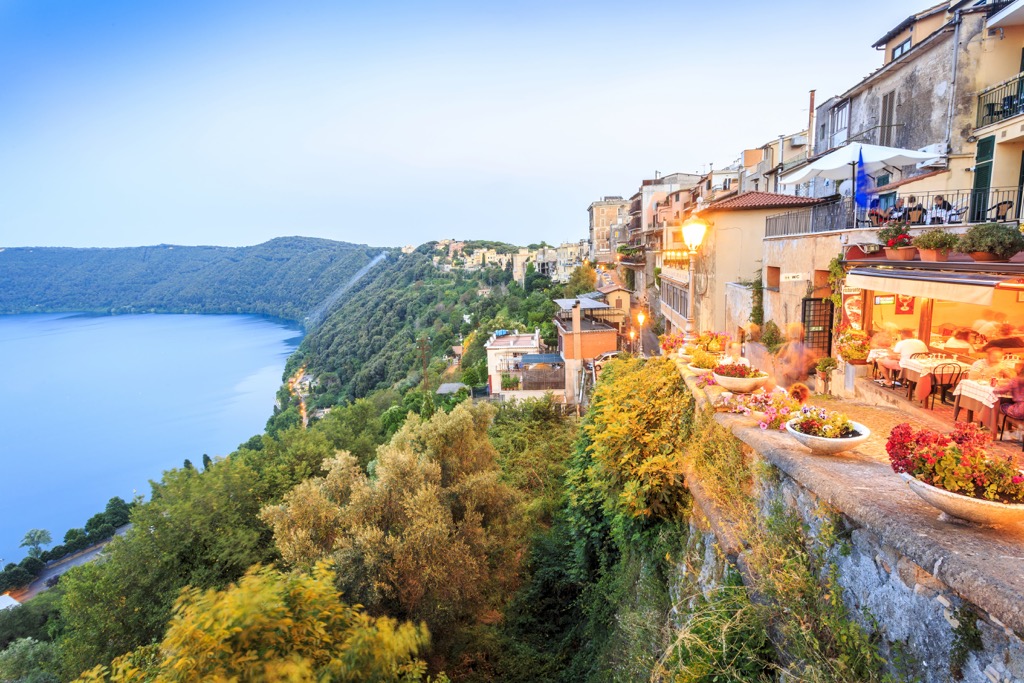
Established in 1984, Parco Regionale dei Castelli Romani is a protected area in Lazio, located in the Colli Albani (Alban Hills) area in the province of Rome. The park lies to the southeast of Rome and was created to protect the natural and cultural features of the site and contribute to territorial rebalancing.
The area encompasses 150 sq. km (58 sq. mi) spread over 15 municipalities and occupies the ancient Lazio volcano as well as preserving the remains of the ancient cork forests in Pomezia. There are two lakes within the park: Lake Albano and Lake Nemi.
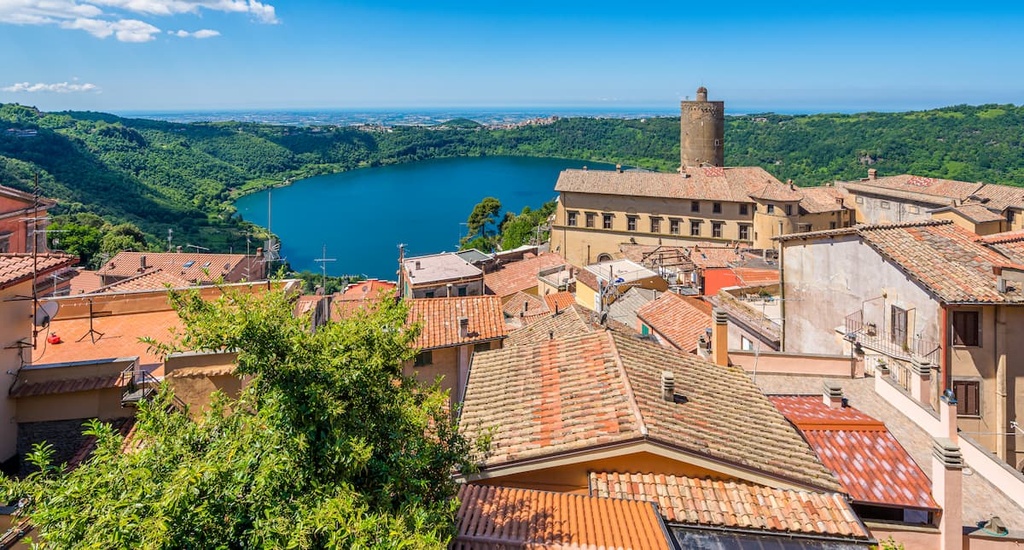
The area within Parco Regionale dei Castelli Romani has been formed over hundreds of thousands of years by volcanic activity. The Vulcano Laziale (Lazio Volcano) began its activity around 600,000 years ago which can be divided into three main stages, each lasting thousands of years.
The first phase of volcanic activity was the most notable with a huge amount of materials erupting from the volcano totaling over 280 cubic km (67 cubic mi) of volcanic debris. A large caldera, that’s around 10 km by 12 km (6 mi by 8 mi) was created during this phase and today you can see remains of the outer enclosure in Monte Tuscolo and Monte Artemisio.
A smaller 5 km (3 mi) wide volcano cone then formed in the second phase consisting of strombolian eruptions and lava flows, the inner crater is today represented by Monte Cavo and Monte Faete.
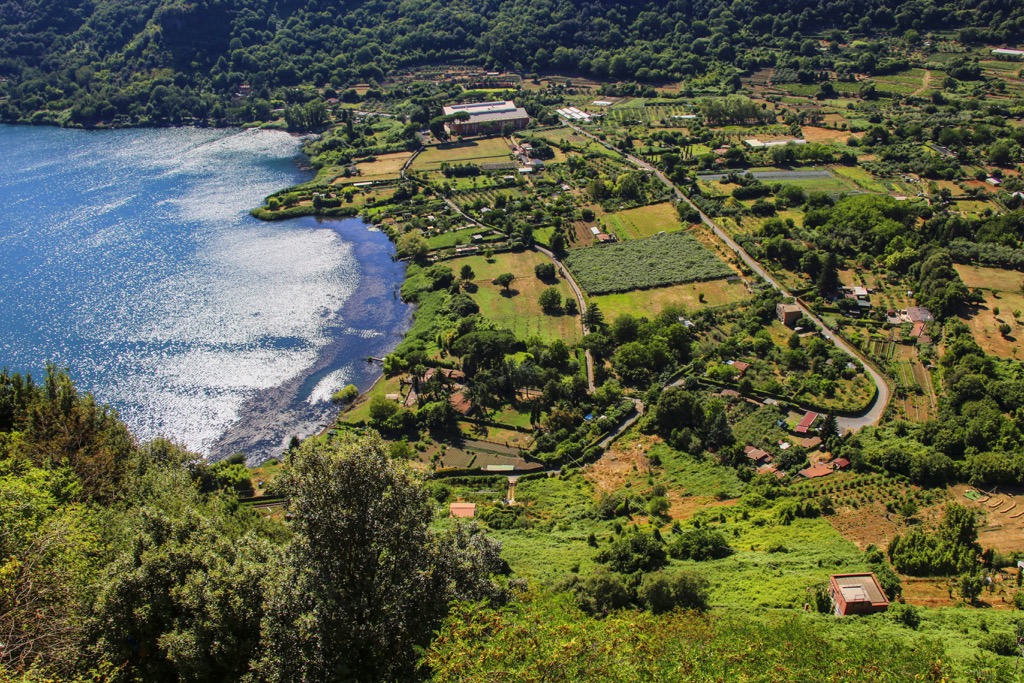
The final phase consisted of more minor explosive eruptions that gave rise to the basins of the present volcanic lakes: Albano and Nemi.
The park’s landscape is characterized by a mix of wooded areas, pastures carpeting the hillsides, vineyards, olive groves, lakes, small towns, and archeological sites. Volcanic activity influenced biodiversity, providing fertile soil and a mild and humid climate, perfect for escaping hot and chaotic Rome.
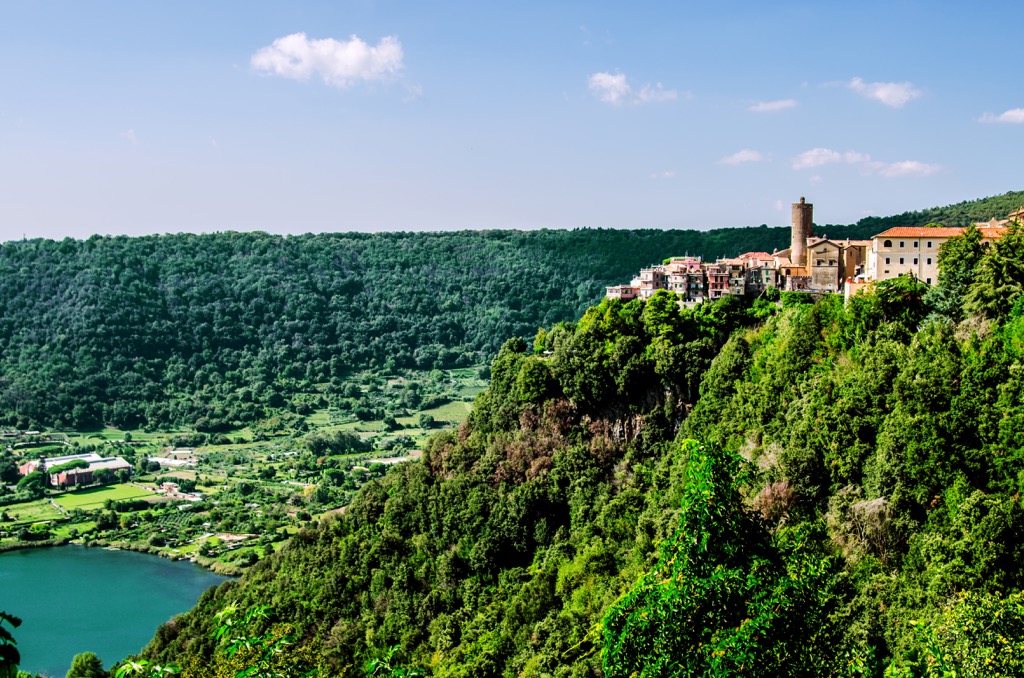
Once covered in great beech forests until the seventeenth century BCE, the area is now mostly taken over by chestnut woods used for cultivation. Though remnants of the original beech woods can still be found on Monte Cavo and Monte Artemisio, along with holly, spurge-laurel, ash, oak, hazelnut, strawberry tree, and hop hornbeam.
At the summit of Monte Cavo, you can still find some very old, large beech trees as high as 20 m (65 ft). Vineyards and olive groves replaced holm oak and downy oak forests, changing the land along with chestnut cultivation and increased pastoralism.
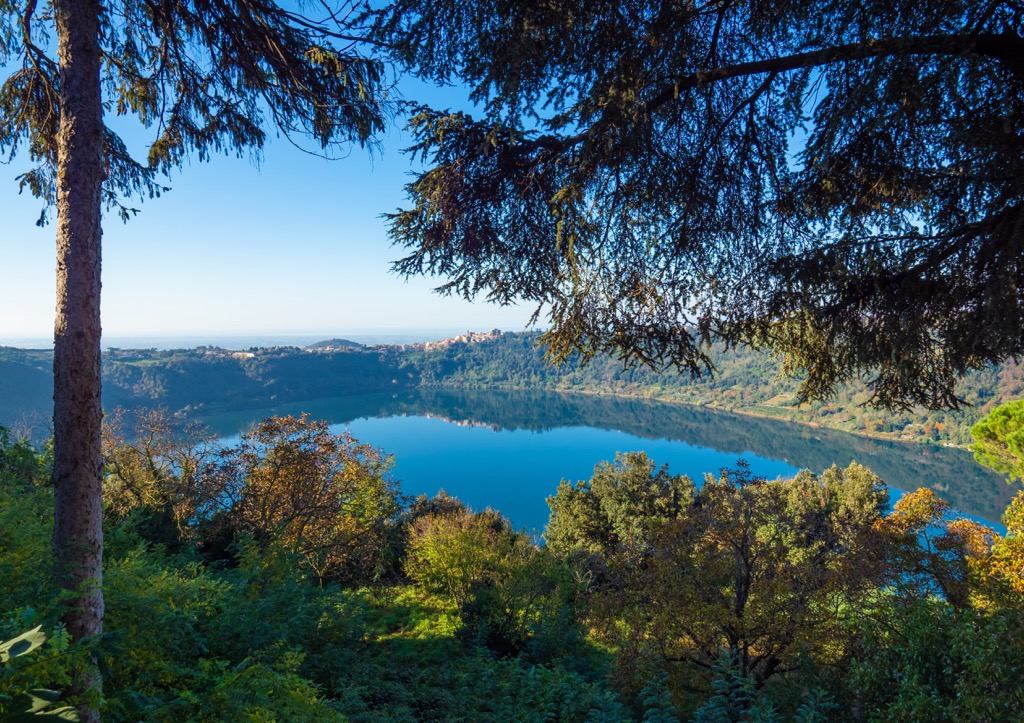
Fauna has increased within the park every year since the area became protected, with the return of many species that had abandoned the area such as the badger, pine marten, porcupine, and even the wolf. Other mammals you might spot in the park include squirrels, foxes, hares, hedgehogs, moles, and wild boar.
Old hollow trees provide the perfect home for owls in the park where you can find tawny owls, long-eared owls, and barn owls. The park’s flora also provides plenty of food for passerines such as blackbirds, robins, and larks and the woodlands provide the perfect spot for green woodpeckers and great spotted woodpeckers.
Birds of prey include the buzzard, merlin, sparrow hawk, and peregrine falcon and there are several aquatic bird species along the lake shores where you might spot grey herons, coots, little grebes, and great crested grebes.
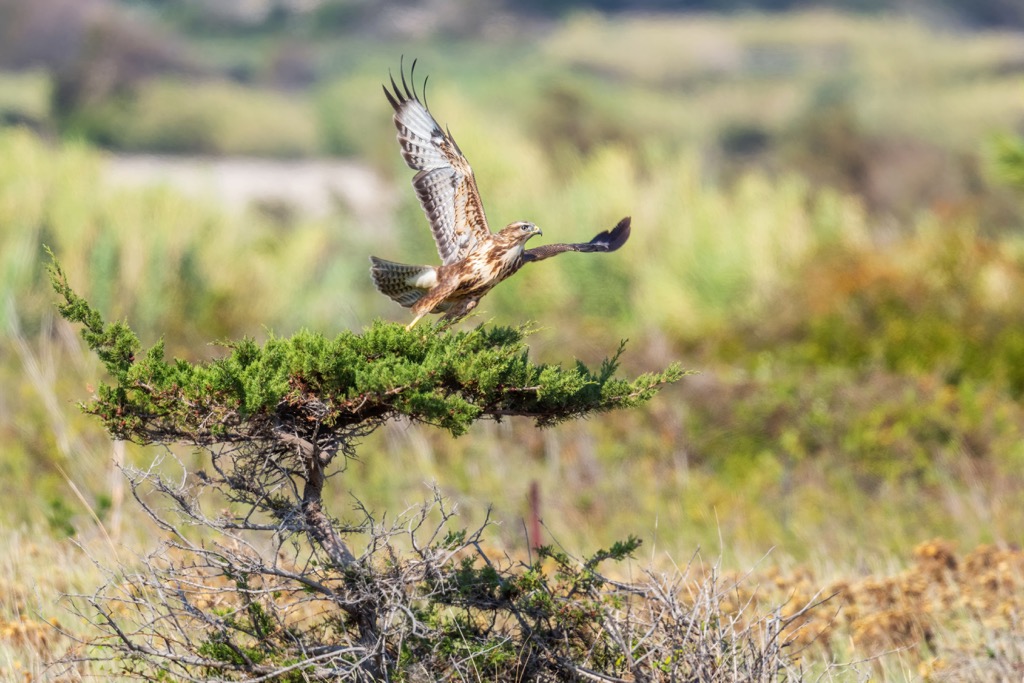
Reptiles in Parco Naturale dei Castelli Romani include the spectacled salamander, viper, and snakes.
The first human settlements in the park trace back to the pre-Neolithic period, with the Grotticelle tombs found in the heart of the park in the woods of Rocco di Papa. There are also many archeological remains in the ancient city of Tusculum, including a Roman theater, remains of the forum, and Tiberius’s villa.
In Albano, there is a well-preserved Roman theater and several monuments. Other remains in the area include Villa Vitellio in Ariccia, the temple of Juno Sospita in Lanuvio, and the remains of the temple of Diana Nemorensis in Nemi.
The first notable population settled in the area in 1000 BCE when the Iron civilization known as “Laziale” was formed. They were subsequently taken over by the Romans and powerful people of the Roman Empire such as Cicero, Cato, and Lucullo built their villas in the area thanks to the cooler climate and peaceful setting.
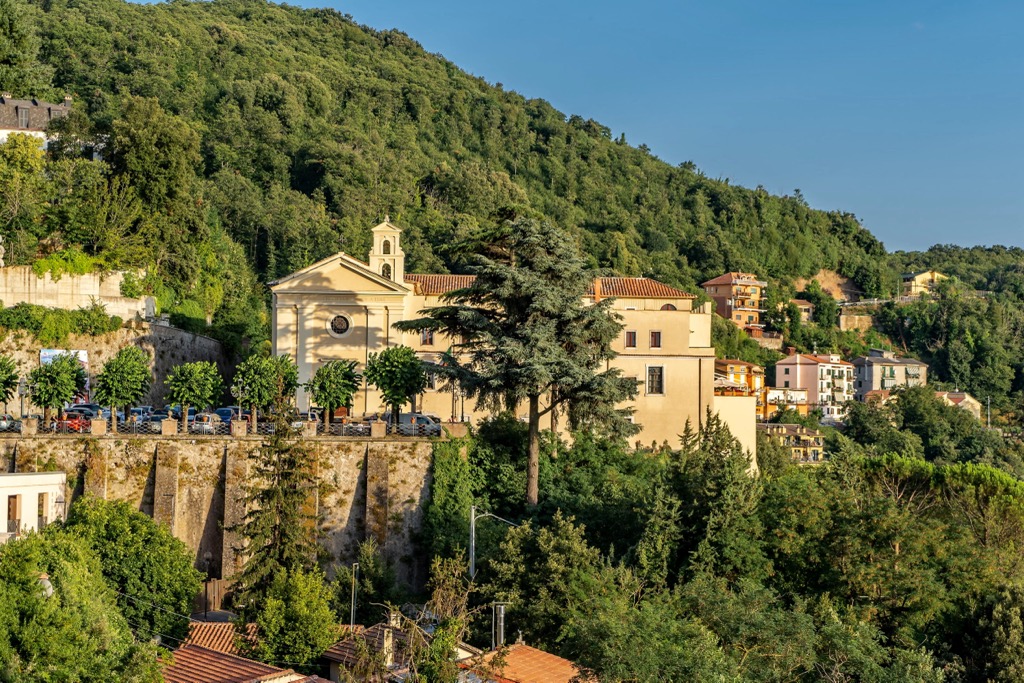
The park’s name translates as The Regional Park of Roman Castles, thanks to the many Roman villas scattered around its territory. After the end of the Roman Empire, the area continued to be used as a weekend and holiday retreat for noble Roman families and the Papacy, with a papal palace in Castel Gandolfo.
There are many beautiful ancient villas in the area of great historical and architectural interest such as the Ville Tuscolane: Villa Aldobrandini, Villa Falconieri, Villa Torlonia, Villa Grazioli, Villa Rufinella, and Villa Mondragone.
Between the sixteenth century and today, much of the land was cultivated due to an increase in the need for agricultural production, including wine growing. This also resulted in the introduction of the cultivation of chestnut woodlands to supplement the agricultural process with necessary materials.
Parco Regionale dei Castelli Romani is the perfect spot to escape the city and enjoy the former playground of Roman Emperors and popes by hiking through the picturesque Colli Albani (Alban Hills) with its pretty towns, volcanic lakes, and ancient history.
Enjoy Nemi’s beautiful volcanic lake and surrounding area with a walk to the archeological site of the Temple of Diana. This short walk is around 4 km (3 mi) and takes you along a panoramic mule track and past Museo delle Navi, a museum along the lake that displays the remains of Roman Emperor Caligula’s luxury ships that were kept on the lake.
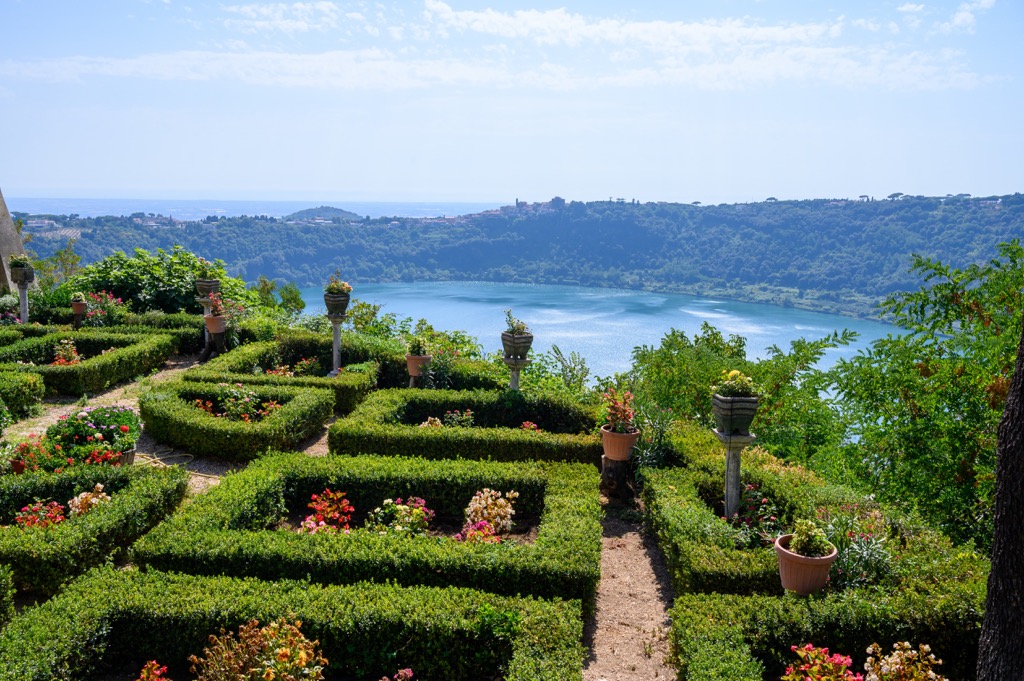
Enjoy the peaceful woodland of Parco Regionale dei Castelli Romani and experience some of the best panoramic views in the park. Start in Rocca di Papa and follow the via Sacra (sacred road), an old Roman road made of volcanic stone that leads to the former Temple of Jupiter Latiaris.
Admire views over the lakes from the top and spot the Mediterranean Sea in the distance. The best time to walk along this route is either during spring, for the pretty wildflowers, or in autumn to enjoy the foliage and chestnuts.
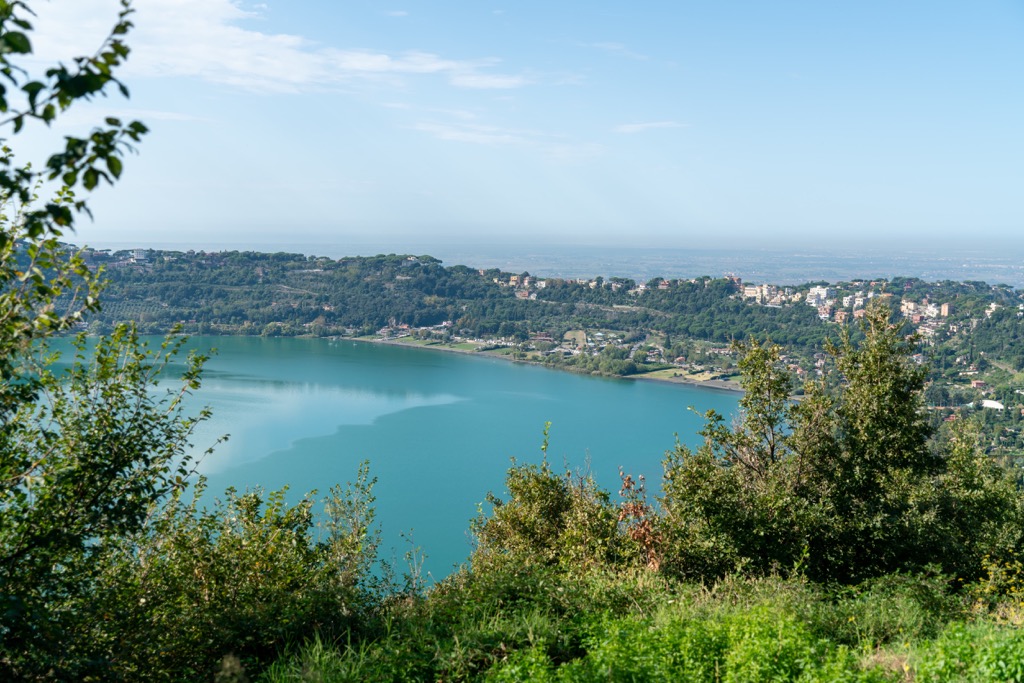
An easy circular trail you can enjoy with your whole family, this route takes you back in time to Ancient Rome with remains of an ancient theater and acropolis along the route. Enjoy the peaceful woodlands on this short 4 km (3 mi) route that’s open throughout the year.
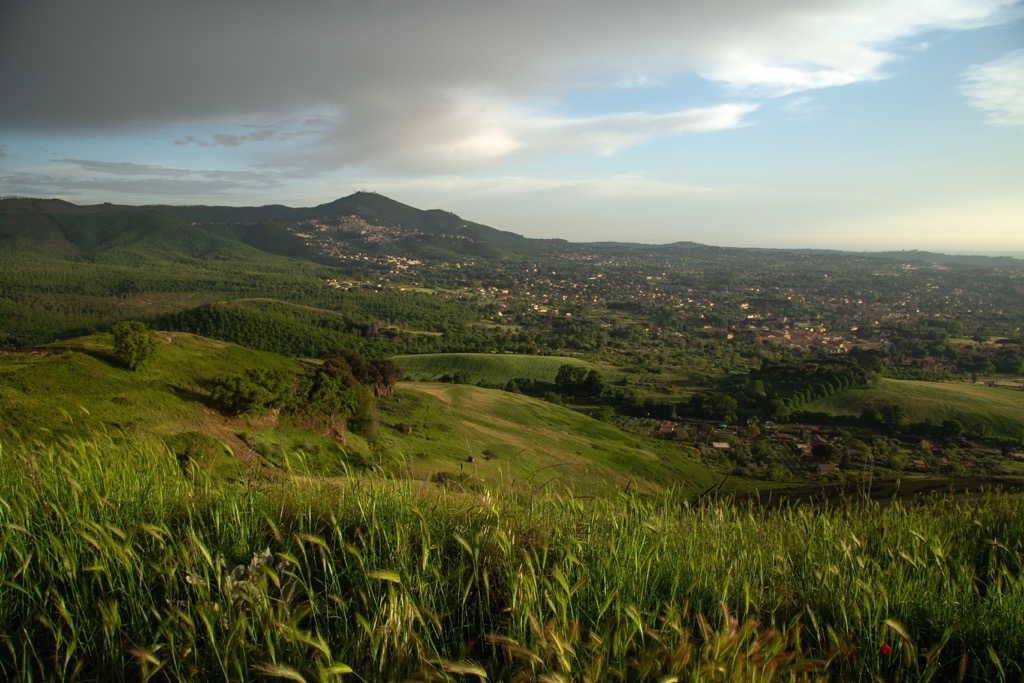
Do as the Romans did and escape the city heat by staying in any one of the fifteen towns within the park. Immerse yourself in the local nature and escape the chaos, or use Rome as a base and head out to the park for a day trip.
Home to the Papal Palace, the former summer palace of the popes, and one of the most beautiful towns in the park, Castel Gandolfo sits on the edge of Lake Albano. Enjoy sweeping views over the lake and visit the beautiful gardens of the Papal Palace.
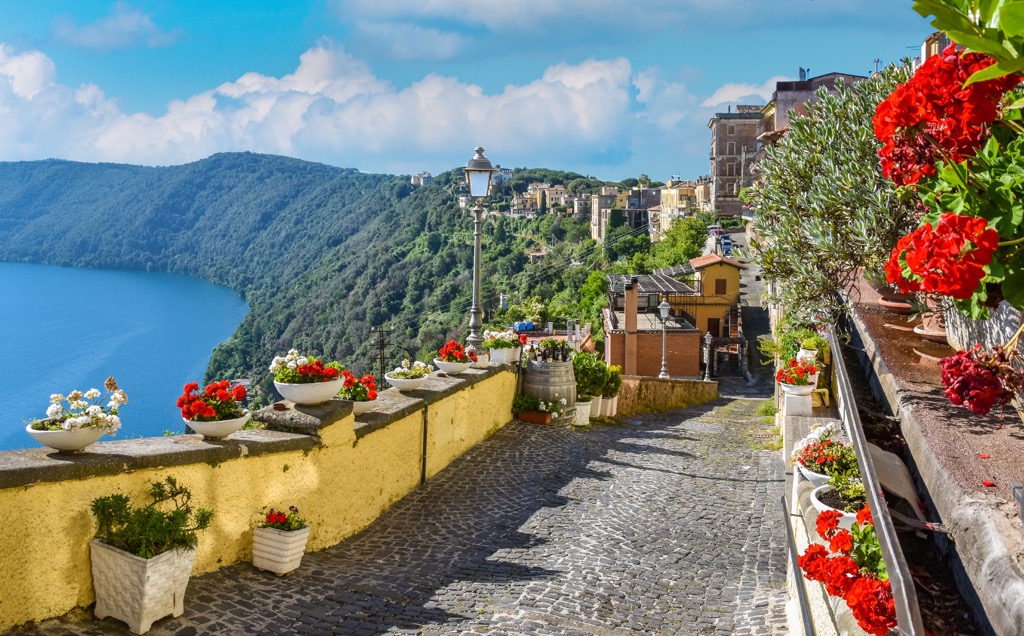
Walk along the lakeside and stop in one of the many restaurants, take a boat ride, canoe, or sail or follow the path encircling the lake. Castel Gandolfo is a great base to discover the park and it’s just an hour from Rome.
Rich in history and tradition, Velletri is known for its wine and cultural tourism. Several hiking routes are accessible from the town and there are many churches, palaces, and museums to discover within the town.
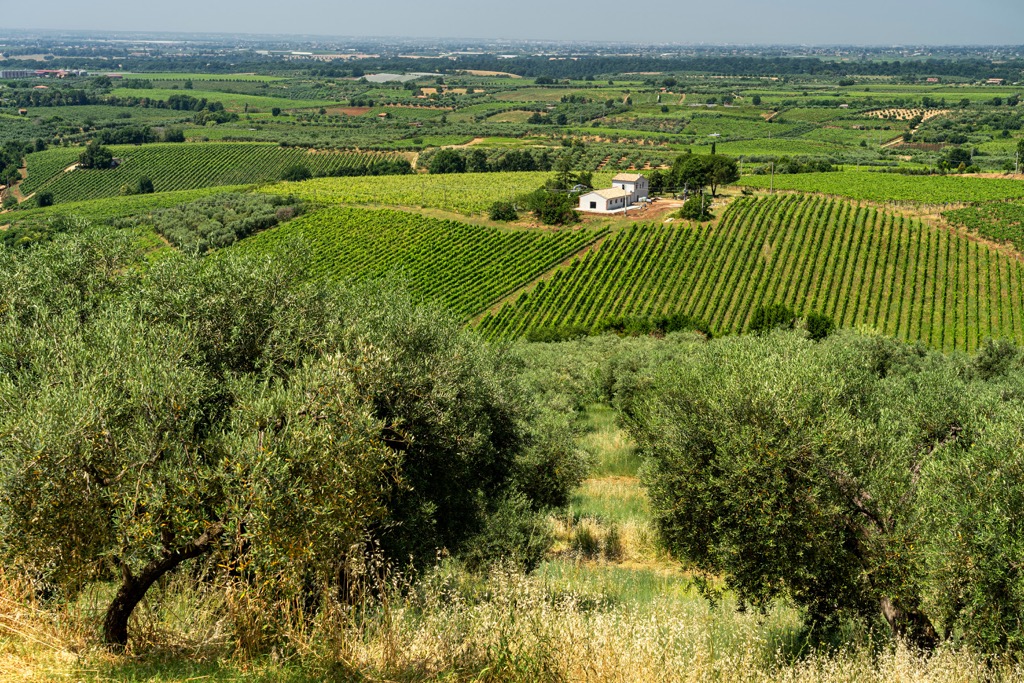
September is an excellent time to visit for any wine lovers as the town hosts a popular grape and wine festival. Local specialties include carciofi alla matticella (artichokes), zuppa di cavoli con baccalà (cabbage soup with cod), and Velletri DOP wine.
The best-known of all the towns, Frascati is famed for its wine and beautiful villas, most of which can be visited or have been transformed into luxury hotels. Relax with a glass of the local wine: Frascati Superiore, Cannellino, or Frascati DOP, and enjoy the local cuisine in one of the many delicious restaurants. You can reach Frascati from Rome’s Termini station in just 25 minutes by train.
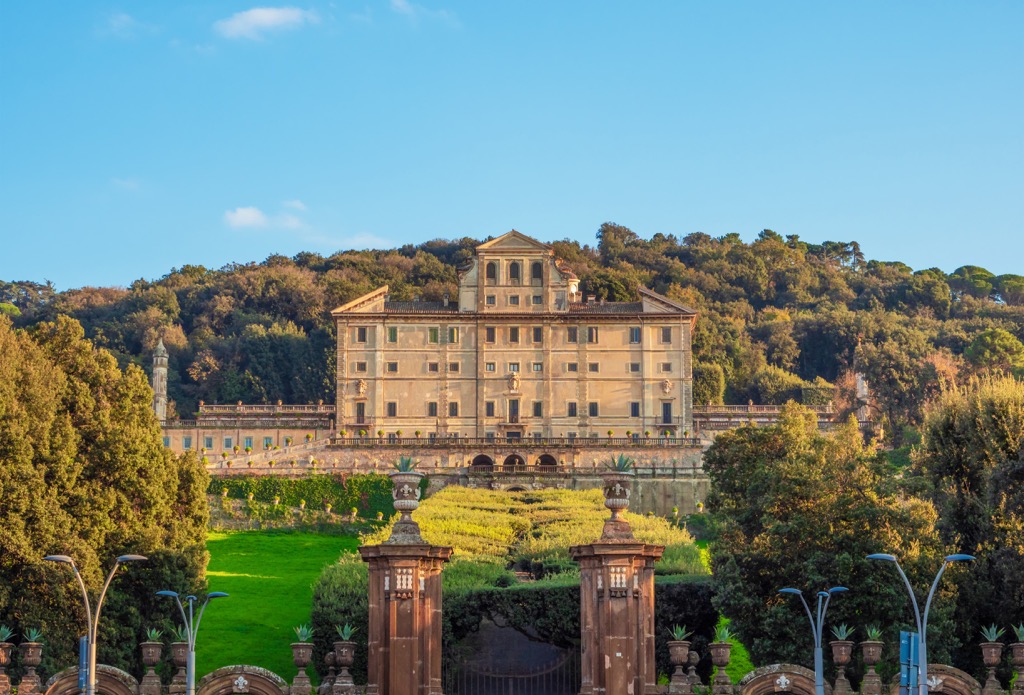
An ancient town that houses Emperor Caligula’s ships, Nemi has a rich history that’s attracted poets and painters throughout the years. Discover the local shops and wind through alleyways to discover this quaint town. Nemi is best known for its juicy strawberries, which are celebrated in June in a local festival.
Head out to the surrounding woodlands, considered sacred in ancient times, and visit the remains of the Temple of Diana Nemorense. The southern via Francigena also crosses Nemi, and the town has been awarded the prestigious Orange flag of the Italian touring club, an eco-environmental quality mark awarded for excellency in tourism, hospitality, and the environment.
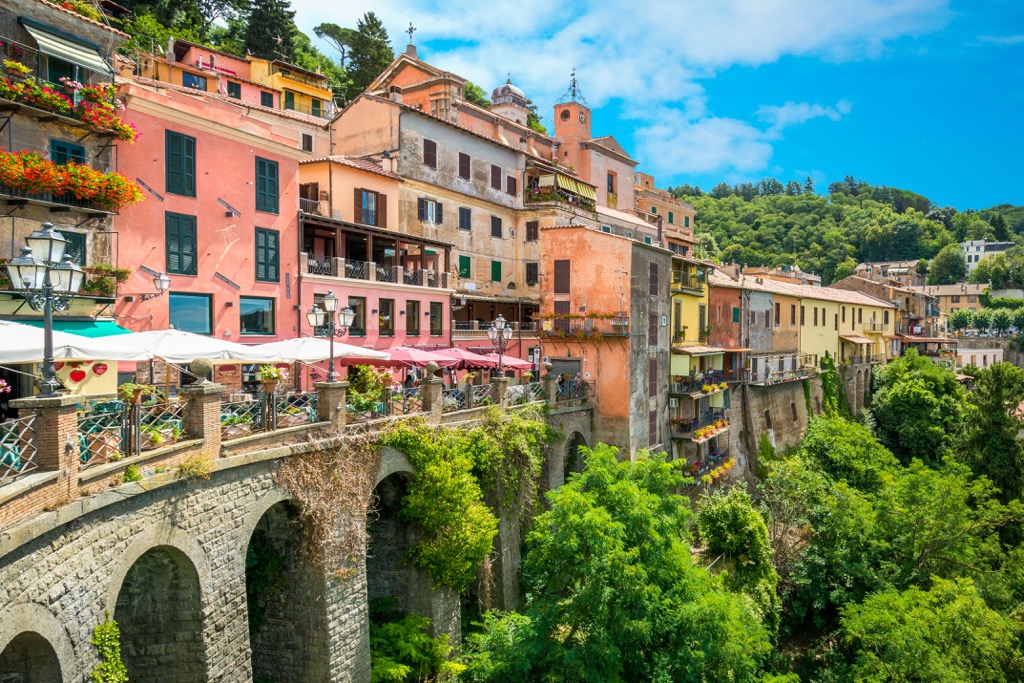
If your time is limited and you only have space for a day trip, then Rome is the perfect place to stay. Although it needs no introduction, Rome is Italy’s capital and is full to bursting with things to do and see.
Step back in time and discover the history of Ancient Rome with visits to the Colosseum, Roman Forum, and Pantheon. Get acquainted with local food specialties such as Cacio e Pepe and Carbonara, or wander the beautiful cobbled streets and enjoy pretty piazzas and remnants of history on every corner.
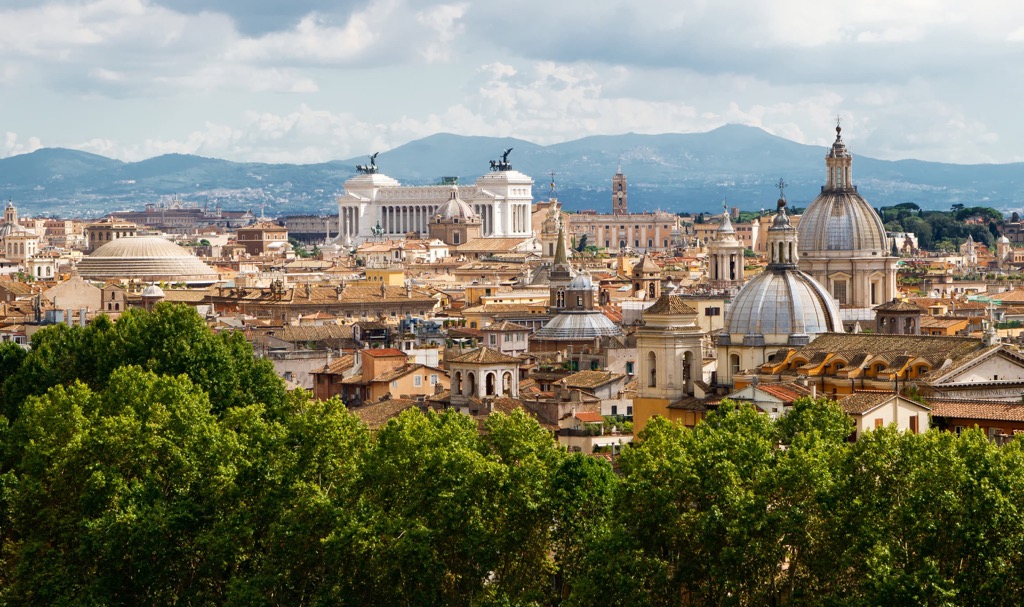
Explore Parco Regionale dei Castelli Romani with the PeakVisor 3D Map and identify its summits.








